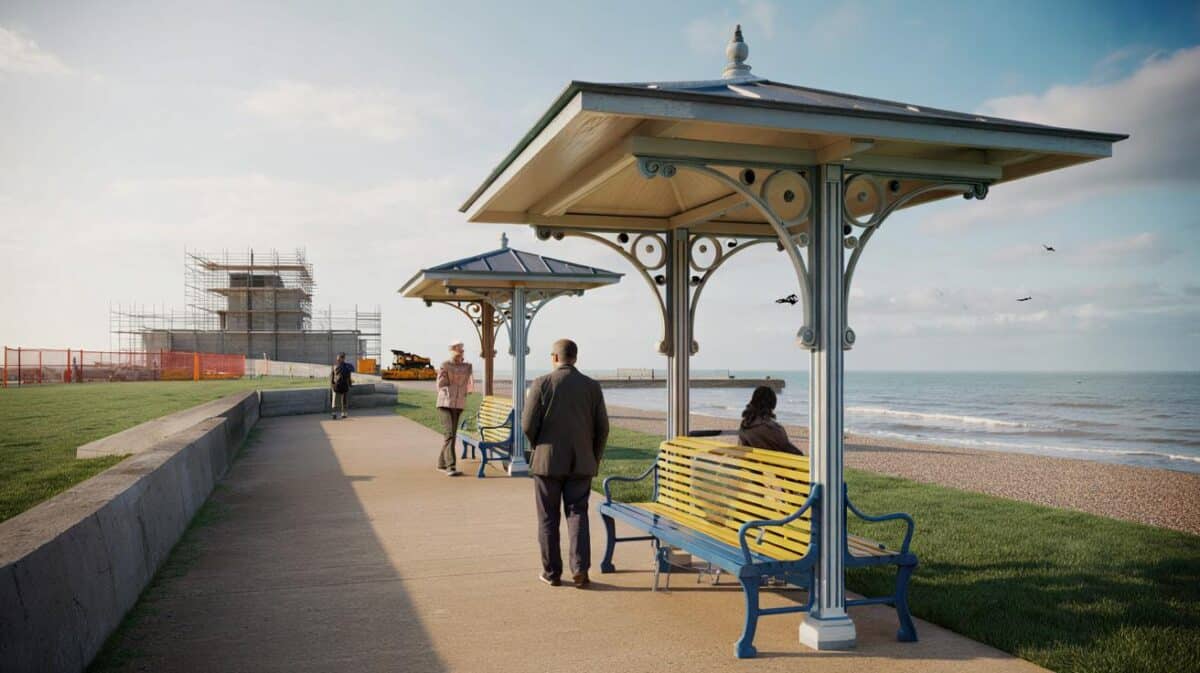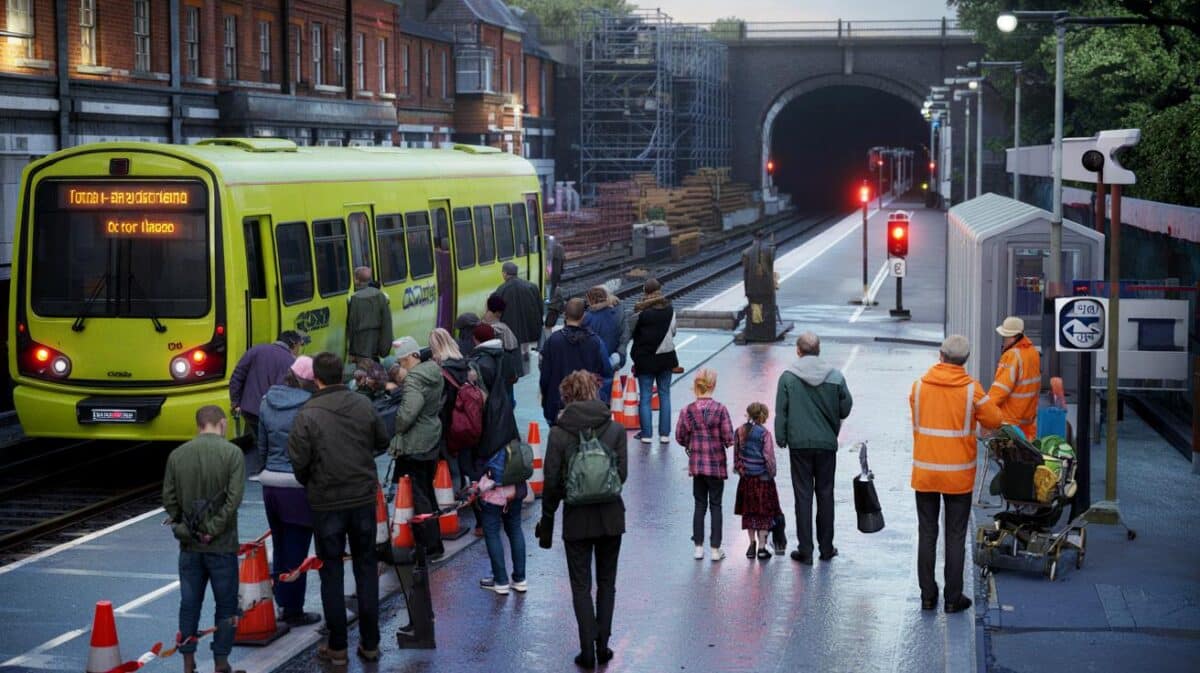What followed stitched livelihoods, services and pride back together.
At the southern edge of Isère, two long-linked hamlets fused into Châtel-en-Trièves and quietly rewrote their odds. A decade after their school faced closure, residents now count a restaurant, four physiotherapists, a hair salon and places to stay. The thread running through it all is solidarity organised, not nostalgia.
A school at risk became a rallying point
The alarm sounded when pupil numbers dipped. Families feared a long bus ride for their children and the loss of a daily meeting place. That fear mobilised parents, farmers and newcomers alike. Meetings drew a cross-section of the valley. Practical ideas trumped speeches.
In 2017, neighbouring Cordéac and Saint-Sébastien merged. The “commune nouvelle” created scale in a thinly populated corner of the Trièves. The territorial line on a map changed, yet identity deepened rather than frayed.
One merger, two villages, and a single purpose: keep daily life within walking distance for 500 people.
Leadership helped. Veterans of local government, Jean-Pierre Agresti and Victor Vecchiato, prepared the handover. Their successor, Fanny Lacroix, turned that groundwork into a programme. The tone shifted from managing scarcity to curating opportunities.
The anchor businesses that changed daily life
Food on the square
Since January 2024, Au Châtel has pulsed at the centre of the village. Riad and Nathalie reopened it after a full renovation of the building. Daytime coffee, evening plates and weekend gatherings mean neighbours now meet without driving 20 kilometres. That alone alters a place.
A renovated building, steady footfall, and a table where strangers become regulars—rural cohesion served hot.
Healthcare you can reach on foot
Four physiotherapists now practise across the commune. In an era of medical deserts, that figure stands out. Rehab after surgery happens nearer home. Elderly residents keep appointments that once meant a costly lift. Young families don’t juggle time off work to cross a valley for care.
Care for people, pride in appearance
A hair salon may sound modest. In a remote area it is a signal: services are back, and they are staying. The salon became a space for talk, news and everyday dignity. Staffed hours align with the rhythm of local work. Appointments are social anchors, not chores.
Beds for visitors, momentum for locals
Tourist lodgings round out the mix. A few flats and rooms offer a gentle flow of income. Guests then fill the restaurant and walk the trails that farmers maintain. Money circulates, and so does curiosity about the Trièves. Seasonal dips in trade feel softer when visitors arrive all year.
What the village now has
- Population around 500 residents living across two historic centres.
- One renovated restaurant, reopened in January 2024 by a new team.
- Four physiotherapists serving rehabilitation and preventative care.
- One hair salon offering regular hours and apprenticeships potential.
- Tourist accommodation integrated into existing buildings.
- A lively association network hosting culture, sport and mutual aid.
Services arrived because people organised first, then found money—never the other way round.
How it was built: the quiet mechanics of solidarity
Small communes rarely lure big investors. Châtel-en-Trièves relied on a familiar Alpine tool kit instead. The municipality renovated property it owned. Local firms took contracts at fair rates. Volunteers handled tasks that do not demand licences: painting, clearing, setting up rooms.
Grants from higher tiers likely supported the works. French state and regional schemes reward village mergers and service retention. The lesson is less about cheques, more about timing. The team lined up tenants before the paint dried. That prevented the slide from renovation to vacancy.
Cultural groups filled the calendar. Concerts, workshops and markets keep spaces warm. Trade follows habit. Habit follows dates in a diary. The sequence mattered.
A short timeline
| Year | Milestone | Why it mattered |
|---|---|---|
| About 2016 | Primary school threatened | Triggered collective action to retain families and services |
| 2017 | Merger of Cordéac and Saint-Sébastien | Created Châtel-en-Trièves with shared budgets and priorities |
| 2024 | Au Châtel reopens after renovation | Restored a daily meeting point and signalled renewal |
| 2025 | Four physiotherapists active locally | Boosted access to care in a sparsely served area |
Could your town do the same?
A five-step local blueprint
- Pick one anchor space. A restaurant, café or multipurpose hall can host daily life.
- Secure a tenant early. Match an operator’s plan to local demand and set transparent rent.
- Bundle services. Pair food with health, craft or childcare to grow footfall.
- Write a year-round calendar. Culture and sport keep places alive between seasons.
- Track outcomes. Count openings, jobs, school enrolment and volunteer hours.
Why this matters beyond Isère
France has thousands of villages near the cliff edge of decline. Distance from hospitals and shops compounds demographic ageing. Châtel-en-Trièves shows that public ownership, patient renovation and civic energy can shift the balance. The approach values viable scale over grand projects. It returns errands and encounters to the centre of village life.
There are risks. Success can hinge on a handful of doers. Burnout lurks when the same names appear on every committee. Rising footfall can lift rents for newcomers. Healthcare capacity can strain at holiday peaks. Managing that tension needs simple rules: fair leases, clear rotas, published budgets and time-limited mandates.
What to watch next
Two fronts will test the model. First, housing. Incoming workers require affordable leases near their jobs. A balanced mix of tourist beds and long-term rentals protects that. Second, transport. If buses sync with clinic hours and school timetables, car dependency eases. Small fixes produce big comfort in scattered valleys.
For communities considering a similar turn, run a quick simulation: map a 10-minute walk from your square. Count every door that can host a service or club. Estimate three days of weekly activity per space. The goal is not constant motion. It is a steady beat that keeps people meeting, trading and caring close to home.









This reads like a practical playbook for villages. Public ownership + early tenants + a year‑round calendar is deceptively simple and defintely replicable. The bit about lining up operators before the paint dries is gold. Also love the honesty on burnout and clear, time‑limited mandates. Question: how did they finance the renovation bridge (cash flow) before grants landed—municipal advance, short‑term loan, or a cooperative? For 500 residents, that’s impressive coordination.